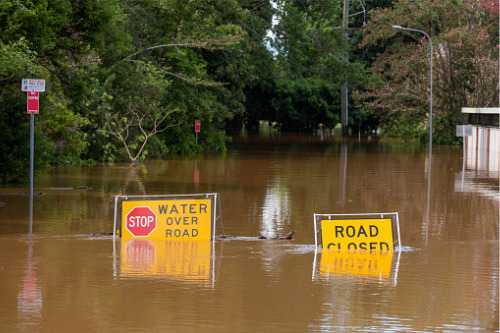

With extreme weather events on the rise, insurers and claims administrators have been hard at work to ensure that when the unexpected strikes, customer claims can be processed as quickly as possible.
Third party claims administrator Gallagher Bassett has been working with the EQC over a number of years on its claims processing, and New Zealand CEO Craig Furness said that under the new model, customers can expect vast improvements in efficiency and speed - particularly when combined with Gallagher Bassett’s global experience in natural disasters, and its vast network of experts.
“We’re a global organisation, and so we’re able to draw on the broad range of experience that we’ve had with these kinds of events all over the world,” Furness said.
“I think the knowledge and expertise that our people have certainly allows us to support the insurers and the EQC in their responses.”
“The fact that we’ve got that network of expert land assessors right around the country means that we can get to people quickly, and we can give them the support that they need close to when an event occurs,” he explained.
“We had that network under the old model and our assessors were always ready to assist the EQC, but I think what we have now is a coordinated approach where the industry is responding not only to the land damage, but also your property or contents damage through the insurer. The model is utilising that capacity more easily and more seamlessly than was perhaps done in the past - and that’s certainly good for the customer.”
The streamlined claims model is a notable improvement on the old process, but Furness said that the EQC will still take learnings from every event, and will continue to improve its response on an ongoing basis.
He said that utilising claims administrators such as Gallagher Bassett has been particularly helpful in driving efficiency, as it understands the ‘intricacies’ of working with both insurers, and entities like the EQC.
“The EQC went through a stage in their transition where they outsourced their claims management to third party administrators such as ourselves, and so we’ve been through the learnings that they’ve had as they’ve moved to an outsourced model of claims management,” Furness said.
“That means we’re well versed in the intricacies of working with an Act versus insurer cover, and that’s one of the fundamental differences that EQC cover has compared to an insurance policy. They do have different terms with regards to how a policy will respond.”
“As of now, it’s still relatively early days in this change,” Furness concluded.
“As events like the Westport flooding occur, and as we continue to see that normal run-rate of smaller events, I think we’ll see EQC understand the way in which they need to respond under this new model, and they’ll continue to improve that over time.”
